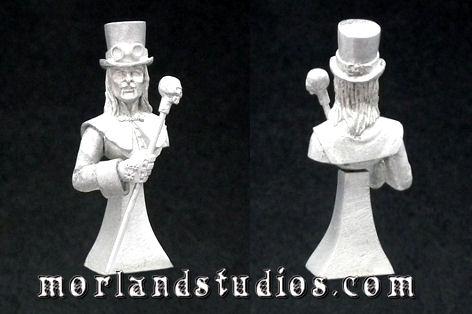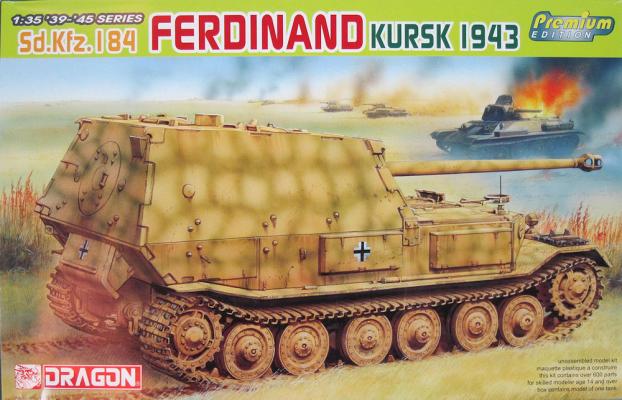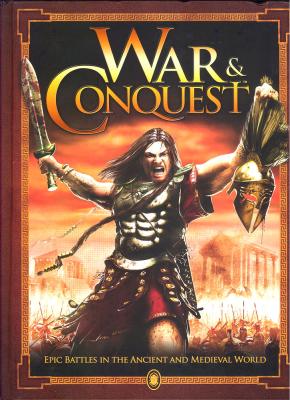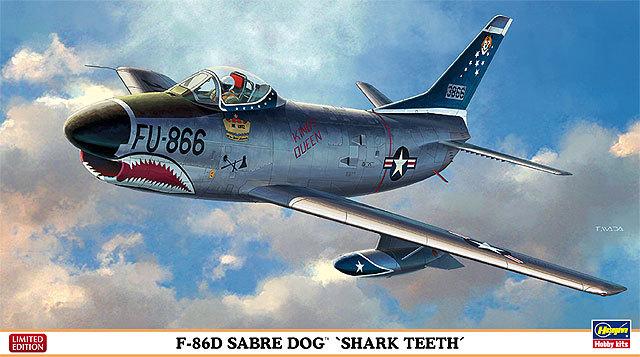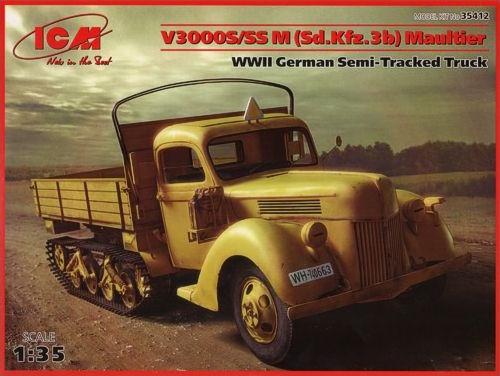I was intrigued in seeing a 54mm bust available for review. I had painted a few larger scale busts, and have also painted a number of 54mm figures, but never a bust in such a small scale. I asked to review it and subsequently received the Morland Studios 54mm offering of a – or would it be The – Vampyre Lord? I finally settled on The Vampyre Lord because I couldn’t find anything relating him to a gaming scenario or a story line, so I see him as a standalone character. Not personally knowing any vampyre lords, it’s always so hard to figure how they would like to be addressed!!!
Welcome to the IPMS/USA Reviews site!
Introduction: The primary organization of the IPMS/USA Review website is by IPMS/USA National Contest Class. Within each Class there are sub-menus by kits, decals, books, etc. The Miscellaneous Class is for items that are not class specific or that cross two or more classes.
IPMS/USA Members: We encourage you to submit reviews, both here and to the Journal. To volunteer for membership in the IPMS/USA "Reviewers Corps" and submit your own reviews, please read the Guidelines For Submitting Product Reviews.
Manufacturers, publishers, and other industry members: IPMS/USA is pleased to offer your company the opportunity for product reviews. All product reviews are performed by IPMS/USA members, and are posted in the publicly-accessible section of our website. With very few exceptions, we perform full build reviews of new kit releases, aftermarket products, and supplies. If you would care to provide product samples for review, please contact John Noack, IPMS/USA 1st VP.
To learn more about IPMS/USA, please see our About Us page.
This kit is basically a slightly upgraded re-box (reboot) of their Premium Edition Kit 6317 that came out in 2008. The new parts are two photo etched tool boxes instead of one, a newly designed photo etched tool box to fit on the rear of the fighting compartment, different Magic Tracks specifically for the Kursk campaign, and a new set of decals that are supposed to allow you to build any vehicle that served with the s.Pz.Jg.Abt.653 or s.Pz.Jg.Abt.653 units at Kursk.
This is a multimedia kit comprised of 270+ styrene parts, magic tracks in the early pattern, three photo etched frets, a turned aluminum gun tube, decals, and the set of instructions that need to be reviewed very carefully before gluing any parts together. Most Dragon models today are a collection of old sprues with new sprues added to create a new kit variant, and Dragon has done so with this kit.
I started war gaming when I was in high school because I was always interested in military history. I’ve also wondered about the “what if” scenarios of different battles. My interest in the subject just stayed with me through college and even into the Navy. I remember while I was at the anti-submarine warfare base in San Diego, California, my barracks room mates and I used to push our bunks out of the way and play General Quarters, metal warships and all. So when they wanted someone to review the War and Conquest rules book, I just had to jump at the chance to do it.
I happen to love F-86s in any shape or form, and the “D” is one of my favorites. I have built a few in the past in most scales and welcomed this one by Hasegawa in 1/72 as I never built one in this scale.
With this kit, Hasegawa chose to do it in the unusual “Shark Mouth” markings. This is a pleasant change from the usual marking as seen on most “D” models.
Upon opening the box, I was greeted with the usual Hasegawa silver plastic in four sprues, plus a clear one. The moldings were crisp with engraved panel lines. I had looked at an older kit of the “D” by Hasegawa and it seems to be the same kit, only with new decals.
Assembly was straightforward with no fit problems. The wings went on without the need of filler. One must remember to add a weight to the nose to prevent tail dragging. The cockpit was very nice; however, I think that seat harnesses could have been molded to the seat for a better look. I added some from tape.
During WWII, the German Wehmacht used a varity of truck types for their supply system. The most numerous were the 3-ton trucks, and of these many were the V3000S, produced at the Ford plant in Cologne. With the invasion of Russia, it quickly became obvious that tracked vehicles were vital if supplies were to be delivered. A solution was found to develop an add-on track system that could be bolted to the frames of different types of 3-ton trucks. When added to the Ford V3000S, it became the V3000S/SSM (Sd.Kfz.3b) Maultier. The Opel truck became the Sd.Kfza, and so on; they were all called Maultiers (German for mule).











